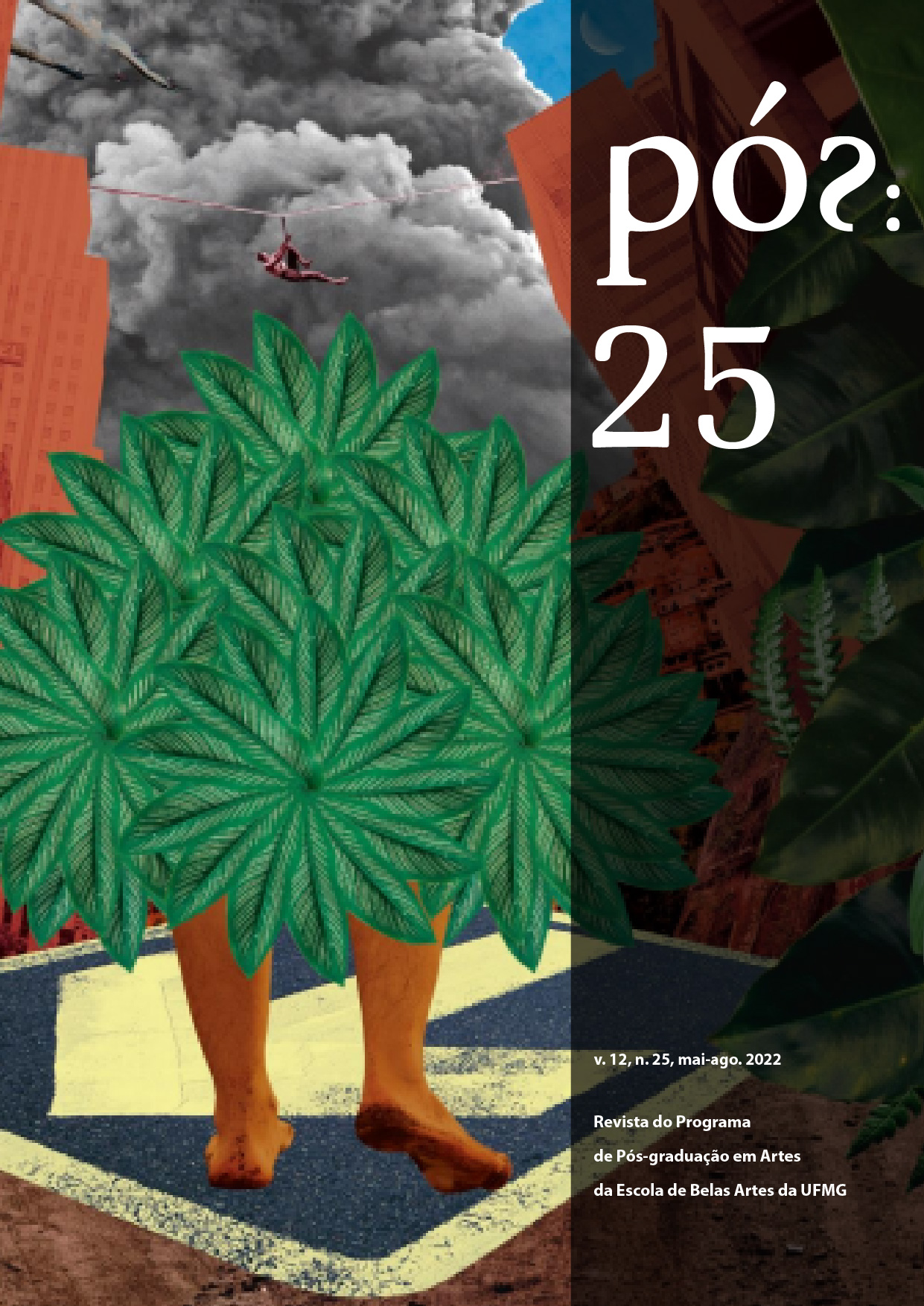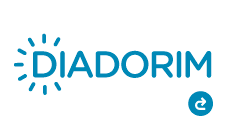The beauty of the figured obese body
from invisibility to the oblique framing
DOI:
https://doi.org/10.35699/2237-5864.2022.36148Keywords:
Obese body, Beauty, Film, Literature, Visual artsAbstract
The appearance of the obese body in cinema reflects the historical difficulty of fitting it into culture in general. To discuss the presence of the obese body in different figurative planes, we turn to the analysis of Giorgio Agamben on reciprocity in the use of bodies, Marie-José Mondizan on ethics in contemporary media and Deleuze on film aesthetics. From the adaptations of two novels – Essay on blindness, by José Saramago, and the homonymous film by Fernando Meirelles; Chronicle of the murdered house, by Lúcio Cardoso, and the film The murdered house, by César Saraceni – we will reach the prominence of the obese body in the film Out of Rosenheim [Bagdad Café], to finally experience the vigor of its beauty.
References
AGAMBEN, Giorgio. O uso dos corpos. São Paulo: Boitempo, 2017.
ARBUS, Diane.Diane Arbus revelations. New York: Random House, 2003.
AUMONT, Jacques. O olho interminável [cinema e pintura]. São Paulo: Cosac Naify, 2004.
A CASA assassinada. Direção: César Saraceni. Brasil: Planiscope Planificações e Produções Cinematográficas, 1971. (103 min).
BALZAC, Honoré de. O pai Goriot. São Paulo: Companhia das Letras, 2015.
BALZAC, Honoré de. A obra-prima desconhecida. In: DIDI-HUBERMAN, Georges. A pintura encarnada. São Paulo: Escuta, 2012. p. 149-178.
CARDOSO, Lúcio. Crônica da casa assassinada. Rio de Janeiro: Bruguera, s.d. [1959].
CARDOSO, Lúcio. Crónica da casa assassinada; edición crítica. Mário Carelli (coord.). Madrid: Allca XX, 1991. (Colección Archivos, 19).
CARELLI, Mário. O resgate de um escritor maldito. In: CARDOSO, Lúcio. Crónica da casa assassinada; edición crítica. Mário Carelli (coord.). Madrid: Allca XX, 1991. p. XXV-XXVI. (Colección Archivos, 19).
CARELLI, Mário. A recepção crítica. In: CARDOSO, Lúcio. Crónica da casa assassinada; edición crítica. Mário Carelli (coord.). Madrid: Allca XX, 1991. p. 641-644. (Colección Archivos, 19).
DELEUZE, Gilles. A imagem-movimento. São Paulo: Brasiliense, 1990.
DIDI-HUBERMAN, Georges. O que vemos, o que nos olha. São Paulo: Editora 34, 2010.
ENSAIO sobre a cegueira.Direção: Fernando Meirelles. Brasil; Canadá; Japão; Reino Unido; Itália: Miramax Films/Focus Features, 2008. (121 min).
HEIDEGGER, Martin. Ensaios e conferências. Petrópolis: Editora Vozes, 2006.
HONNEF, Klaus. Arte contemporânea. Colônia: Benedikt Taschen, 1994.
LAMARTINE, Alphonse de. Balzac et ses oeuvres. Paris: Michel Lévy Libraires Éditeurs, 1866.
LOPERA, José Álvarez. El retrato español en el Prado: Del Greco a Goya. Museo Nacional del Prado.2006. Disponível em: https://www.museodelprado.es/coleccion/obra-de-arte/eugenia-martinez-vallejo-desnuda/8e2d05fe-8310-469f-9154-45a7706515fd. Acesso em: 08 jul. 2022.
MERLEU-PONTY, Maurice. A dúvida de Cézanne. In: MERLEU-PONTY, Maurice.O olho e o espírito. São Paulo: Cosac Naify, 2013. (Coleção Portátil, 24).
MONDZAIN, Marie-José. Imagem, ícone, economia: as fontes bizantinas do imaginário contemporâneo. Rio de Janeiro: Contraponto/Museu de Arte do Rio, 2013.
NEVES, Alexandre Emerick. Estranha beleza. In: JARDIM, Márcia; VERMES, Mónica; TORRES, David Ruiz; ORTIGÃO, Elisa Ramalho (org.). Obras abertas: leituras de Umberto Eco. Vitória: Proex/UFES, 2017. p. 29-48. (v. 1). Disponível em: https://seminarioumbertoeco.wixsite.com/obrasabertas/publicacoes. Acesso em: 27 jul. 2022.
OUT of Rosenheim [Bagdad Café]. Direção: Percy Adlon. EUA/Alemanha: [s. n.], 1987. (108 min).
PEREIRA, José Mario. Um convite ao Don Quixote. In: Don Quixote & Cervantes. Rio de Janeiro: Fundação Biblioteca Nacional/Departamento Nacional do Livro, 2001. p. 11-20.
PIELES. Direção: Eduardo Casanova. Espanha: [s. n.], 2017. (77 min).
PORTELLA, Eduardo. O livro, o sonho, a evidência. In: Don Quixote & Cervantes. Rio de Janeiro: Fundação Biblioteca Nacional/Departamento Nacional do Livro, 2001. p. 10.
ROSA E SILVA, Enaura Quixabeira. Lúcio Cardoso: paixão e morte na literatura brasileira. Maceió: Edufal, 2004.
SCRUTON, Roger. O rosto de Deus. São Paulo: É Realizações, 2015.
TELLES, Lygia Fagundes.Verde lagarto amarelo.In: TELLES, Lygia Fagundes. Antes do baile verde: contos de Lygia Fagundes Telles. Rio de Janeiro: Editora José Olympio, 1971.
Downloads
Published
How to Cite
Issue
Section
License
Copyright (c) 2022 Alexandre Emerick Neves

This work is licensed under a Creative Commons Attribution-NonCommercial 4.0 International License.
Authors who publish in this journal agree to the following terms:
- Authors retain copyright and grant the journal the right of first publication, with the work simultaneously licensed under the a Creative Commons Attribution-NonCommercial 4.0 International License that permits sharing of the work with acknowledgement of authorship and initial publication in this journal;
- Authors are permitted to enter into additional contracts separately, for non-exclusive distribution of the version of the work published in this journal (e.g., the Creative Commons Attribution License).
- Authors are permitted and encouraged to publish and distribute their work online (e.g., in institutional repositories or on their home page) at any point before or during the editorial process, as this may generate productive changes as well as increase the impact and citation of the published work.
- It is the responsibility of the authors to obtain written permission to use in their articles materials protected by copyright law. Revista PÓS is not responsible for copyright breaches made by its contributors.












